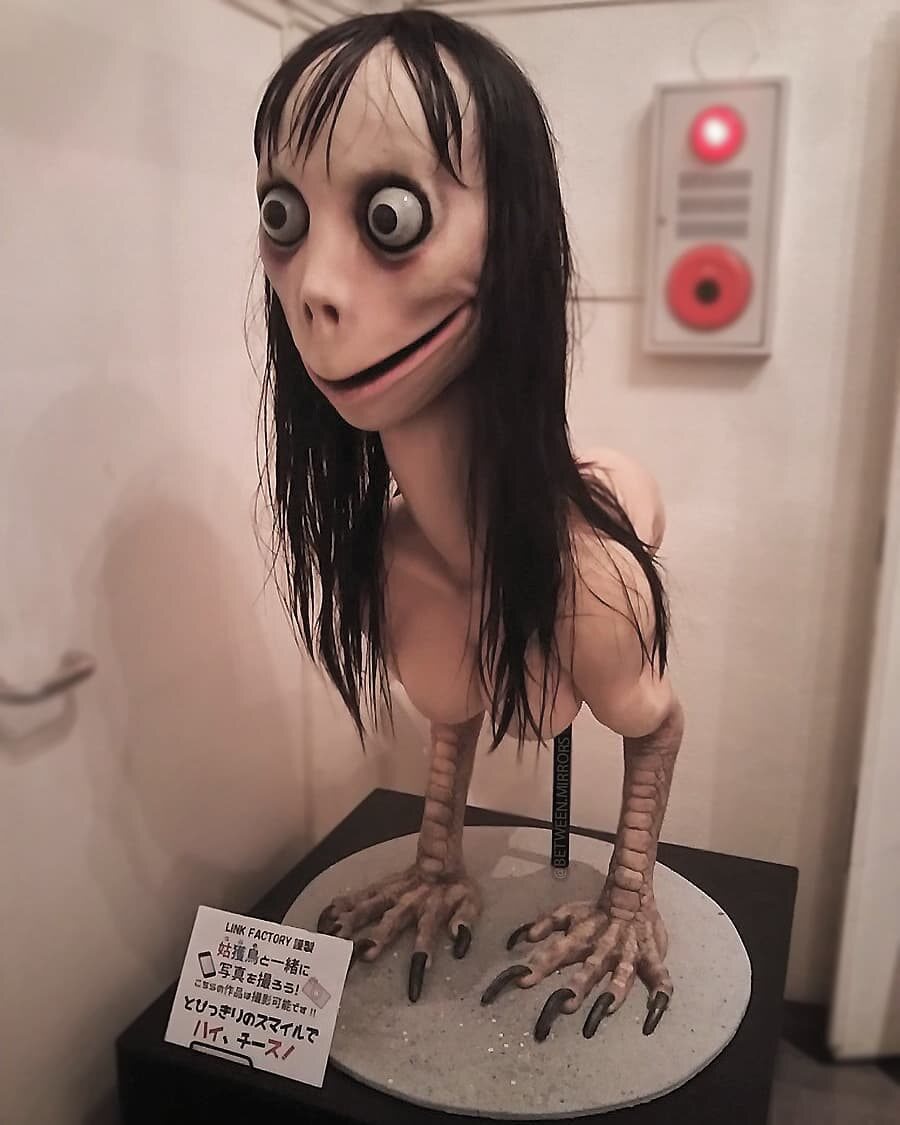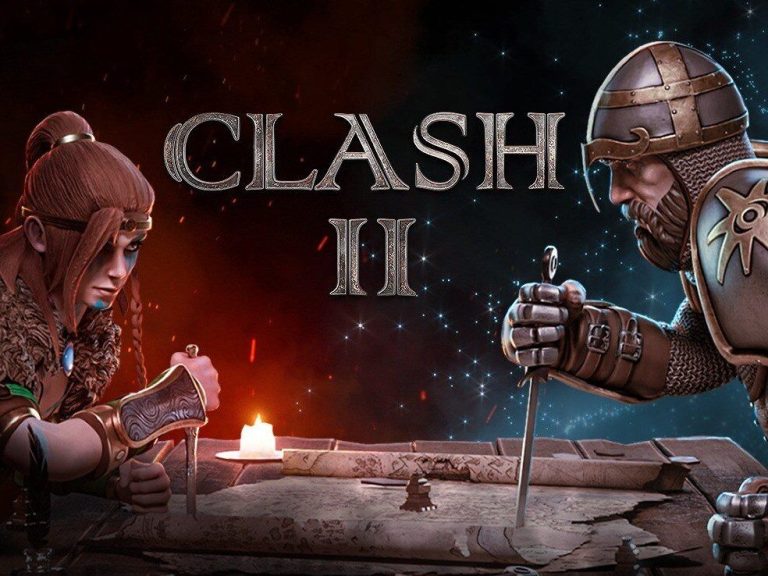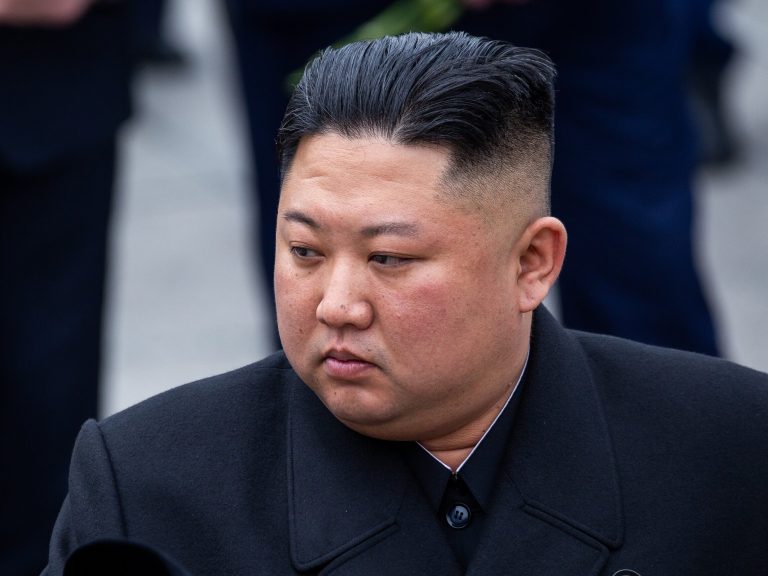Momo doll challenge driving kids to suicide? Experts have spoken

Momo challenge – a dangerous challenge that leads children to suicide, or a rumor like our “black Volga”, which, repeated many times, causes panic among parents? “The Guardian” reports on an appeal from British charities who claim that the whole story is false.
Momo is the work of Japanese artist Midori Hayashi, who distances herself from its alleged deadly influence on children. The doll is scary with its appearance – it has large bulging eyes and the body of a bird. Her photo first appeared on Instagram “between.mirrors”. British media, including: “Telegraph”, reported last year about a dangerous challenge posed to children by a character using Momo’s likeness as an avatar. Via WhatsApp, users were to receive instructions and tasks, the completion of which would ultimately lead to the recipient of the content committing suicide.
From various places around the world – including: information began to arrive from Colombia and Great Britain, confirmed by the police, that the challenge had led to the death of children. For example, services from the city of Barbosa in Colombia suspected that the Momo challenge may be responsible for the deaths of a 12-year-old girl and a 16-year-old boy. The children knew each other, and their suicides occurred just 48 hours apart. Local police warned parents about the dangerous trend.
Momo on YouTube?
A new wave of interest in the challenge emerged in the UK in February this year. There was information that the Momo doll appeared in YouTube materials between episodes of Peppa Pig. The challenge became loud again in the media and on social networking sites, including in parent groups.
However, experts advise not to panic. The Samaritans, an organization that provides emotional support to people who may be committing suicide, and the NSPCC, an organization that focuses on protecting children from violence and cruelty, say these are just rumors. Their representatives argue that there is no evidence that the Momo doll challenge led to a situation in which anyone would hurt themselves. According to experts, spreading rumors is more harmful and may encourage violence and self-harm. The NSPCC stresses that it has received more calls from the media than concerned parents whose children would actually encounter the challenge.
Samaritans speak in a similar tone. “These stories that appear in the media are publicized and cause panic, which puts vulnerable people at risk.” – reads the group’s statement. “We currently have no verified evidence in or outside our country that links Momo to the suicide.” – added.





